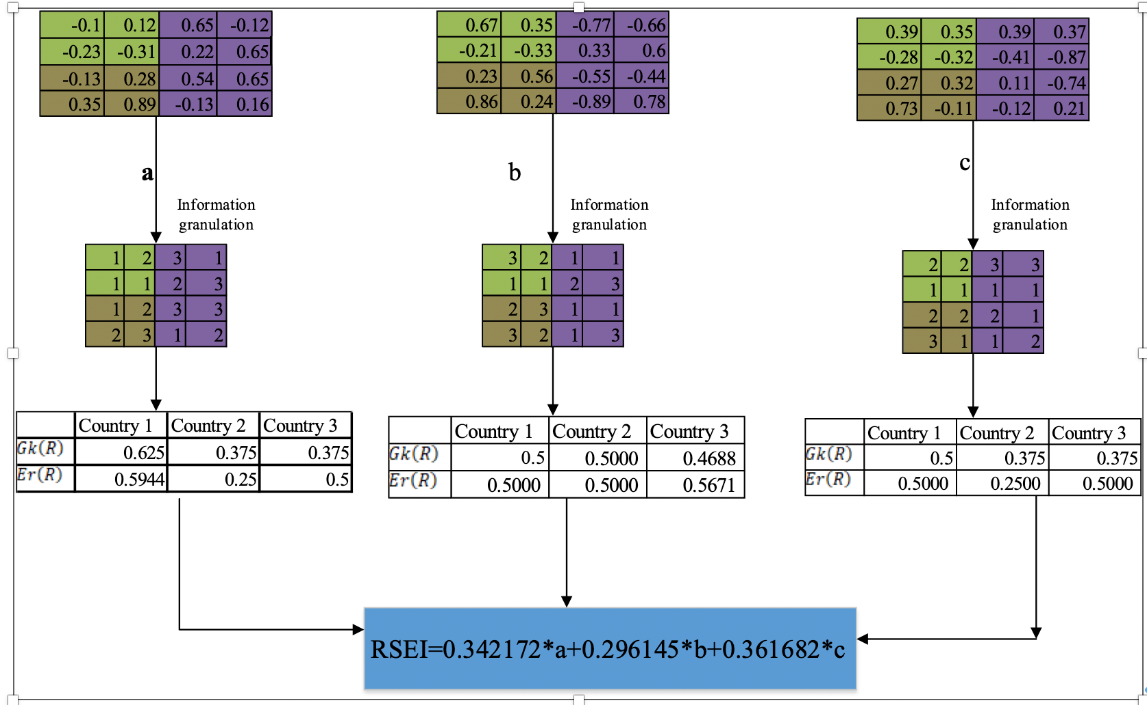the Author : Liao Weihua is an Associate Professor and Master's Supervisor at the School of Public Policy and Management, Guangxi University.
Source: Journal of Cleaner Production, 2022
Citation: Liao Weihua, Temporal and spatial variations of eco-environment in Association of Southeast Asian Nations from 2000 to 2021 based on information granulation, Journal of Cleaner Production, Volume 373, 2022, 133890, ISSN 0959-6526, https://doi.org/10.1016/j.jclepro.2022.133890.
Original Article Link: https://www-sciencedirect-com-s.vpn.gxu.edu.cn:8118/science/article/pii/S0959652622034631
As a rapidly developing multinational organization, ASEAN's ecological environment is crucial for the region's future success. Accurately assessing the historical trends, current status, and future directions of ASEAN’s ecological environment can aid member states in understanding regional conditions and promoting sustainable and coordinated socio-economic and environmental development. Given the diverse natural environments, policies, and development models among ASEAN countries, their impacts on the regional ecological environment vary. Consequently, the contributions of different countries to the weights of remote sensing ecological evaluation indicators are inconsistent, making it vital to determine these weights scientifically to ensure accurate evaluation results.
Recently, Professor Weihua Liao from our institute addressed the long-term evaluation of ASEAN's remote sensing ecological environment by applying spatial information granulation. Using the Google Earth Engine (GEE) platform, he transformed complex remote sensing ecological calculations into simpler tasks through abstraction and partitioning, simplifying spatial computation and enhancing problem-solving efficiency. The study made five major contributions and discoveries: 1. Introduced the concept of spatial information granulation for indicators, transforming continuous values of remote sensing indicators into granulated structures based on different information granules, thus simplifying remote sensing ecological environment computations. 2. Recognizing that different countries within ASEAN have varying development modes and unequal impacts on the remote sensing ecological environment, the study proposes a scale transformation knowledge granularity entropy based on the contribution levels of different countries. This serves as an up-scaling method for establishing the weights of remote sensing ecological environment indicators. 3. From 2000 to 2021, most regions in ASEAN maintained a relatively good quality of remote sensing ecological environment. Regions with a quality level of 4 (better quality) accounted for 40.3566%, while those with a quality level of 2 (poorer quality) accounted for 32.6194%. Areas with extreme quality levels, both poor and excellent, had a smaller share. 4. Between 2000 and 2021, ASEAN's remote sensing ecological environment exhibited fluctuations. The average quality of the remote sensing ecological environment declined, spatial differences widened, and an overall deterioration trend was observed. 5. The impact sizes of remote sensing ecological environment indicators in ASEAN were ranked as temperature, aridity, greenness, and humidity. Climate change and economic activities significantly influenced the remote sensing ecological environment.

Fig. 1. Calculation process of the RSEI indicator weight based on scale transformation knowledge granulation entropy.
Journal Overview
Journal of Cleaner Production is an internationally recognized authoritative journal in the field of ecological environment studies. It is classified as a Q1 journal in the Journal Citation Reports (JCR), with an impact factor of 11.07 in 2021. The journal focuses on research and practices related to cleaner production, environment, and sustainability, making it one of the leading mainstream international journals in its field.

